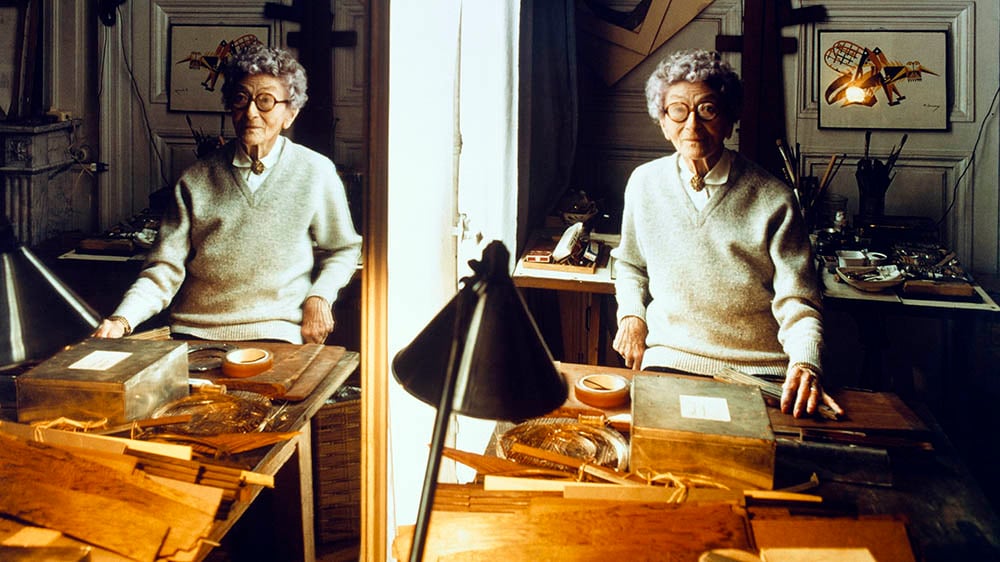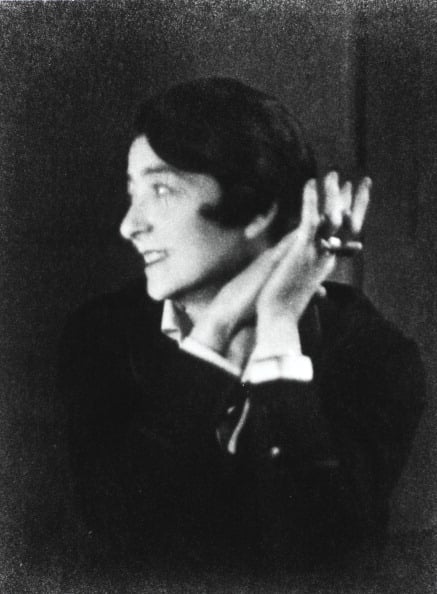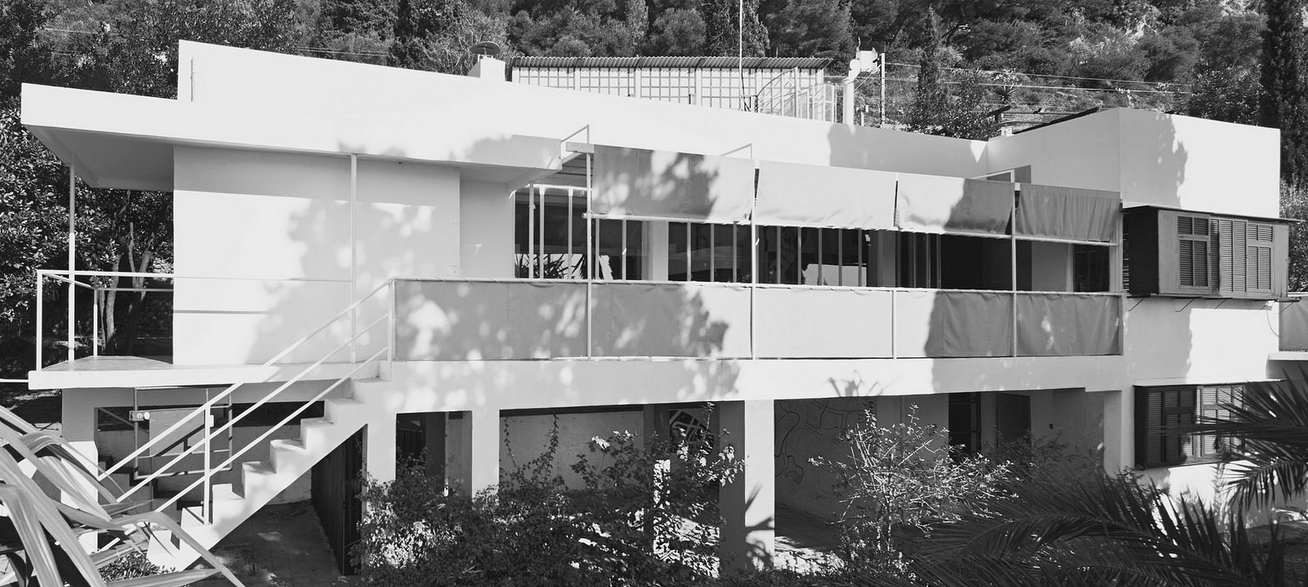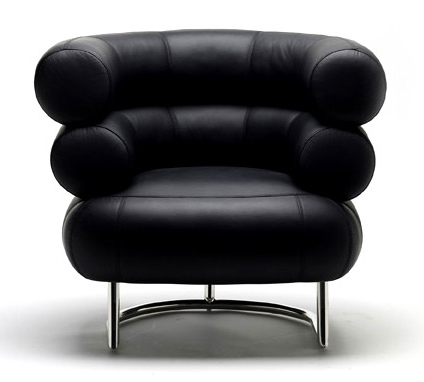People
5 Things To Know About Eileen Gray on Her Birthday
At one point, Le Corbusier vandalized the walls of her work.

At one point, Le Corbusier vandalized the walls of her work.

Caroline Elbaor

Today marks what would be renowned Irish architect and furniture designer Eileen Gray’s 138th birthday. A pioneer of the Modern Movement in architecture (whose other members include Frank Lloyd Wright, Le Corbusier, and Oscar Niemeyer), Gray, who was born August 9, 1878, was also a pioneer in her own right as one of the first women admitted to the Slade School of Fine Art in London and a leader of new theories of design and construction.
In 2002, the National Museum of Ireland staged an overview of Gray’s career, including notable items items such as the adjustable chrome table and the non-conformist chair. The exhibition is on permanent view at the National Museum of Ireland – Decorative Arts and History in Dublin. New York’s Museum of Modern Art also holds eight items by Gray in its collection, including her 1935 chair for the Villa Tempe a Pailla in southeastern France, and her metal and incandescent tube lamp.
In honor of Gray’s birthday, artnet News has rounded up five facts to paint a clearer picture of the groundbreaking artist and her life.

Portrait of Eileen Gray. Courtesy Berenice Abbott/Getty Images.
1. Gray came from Irish nobility.
Originally born Katherine Eileen Moray Smith, she took the name Gray from her mother, the 19th Baroness Gray, after her parents separated. The artist’s mother came from a long line of aristocracy and Gray thus enjoyed a privileged childhood, splitting her time between several homes in Ireland and tony digs in South Kensington, London.
2. She had lacquer dermatitis on her hands from her work, but continued to craft anyway.
Gray discovered lacquer and its abilities in London’s Soho area after she stumbled upon a lacquer repair shop. Curious, she asked the shopkeeper to demonstrate the functionality of the substance. After using it for an extended period of time, she developed lacquer dermatitis on her hands. However, ever the committed artist, Gray continued to design and produce interiors and furniture for years despite the condition, leading her to eventually exhibit her lacquer work in 1913.

E-1027. Courtesy Flickr Creative Commons.
3. Her life was the subject of a 2015 feature film.
Gray did not receive the accolades she deserved during her lifetime, and the majority of her success has occurred posthumously. As such, the 2015 biopic The Price of Desire calls attention to this injustice, focusing in particular on the construction of the famous E-1027 home as well as her contentious relationship with Le Corbusier.
According to the film, Corbu attempted to discredit Gray as the sole architect of E-1027, and that while he was staying in the home, he mocked Gray’s bisexuality by painting murals on the walls of her and a female lover (an act that Gray called vandalism).

Bibendum chair. Courtesy Flickr Creative Commons.
4. Gray did not begin to design buildings until later in her career.
Though she is well-known for her advances in architecture, Gray did not begin to experiment in the field until the 1920s. She dedicated the first years of her artistic endeavors to furniture and interior design, notably redecorating an apartment on the Rue de Lota in Paris for a prominent shop owner as well as producing the Bibendum chair. It was only in 1924 that, with no formal training, she undertook architecture to ultimately produce the successful E-1027 and later, the Tempe à Pailla house.

Design of E-1027. Courtesy Flickr Creative Commons.
5. The name of the famous home she designed, E-1027, is a code dedicated to her and Jean Badovici, her then-boyfriend.
The world-famous E-1027 is a villa in Roquebrune-Cap-Martin, France, situated on the coast close to Monaco and Nice. Gray designed the home at the encouragement Badovici, a fellow architect and a critic for the magazine L’Architecture Vivante. In tribute to him, she named it E-1027, a code for the couple’s initials: ‘E’ standing for Eileen, ’10’ for J as the 10th letter of the alphabet, ‘2’ for Badovici, and ‘7’ for Gray.
In addition to the design of the home, she also produced all of its furniture, including the noteworthy adjustable steel table—made so that her sister could eat breakfast in bed without spilling crumbs onto the sheets. After years of restoration, E-1027 is currently open to the public.